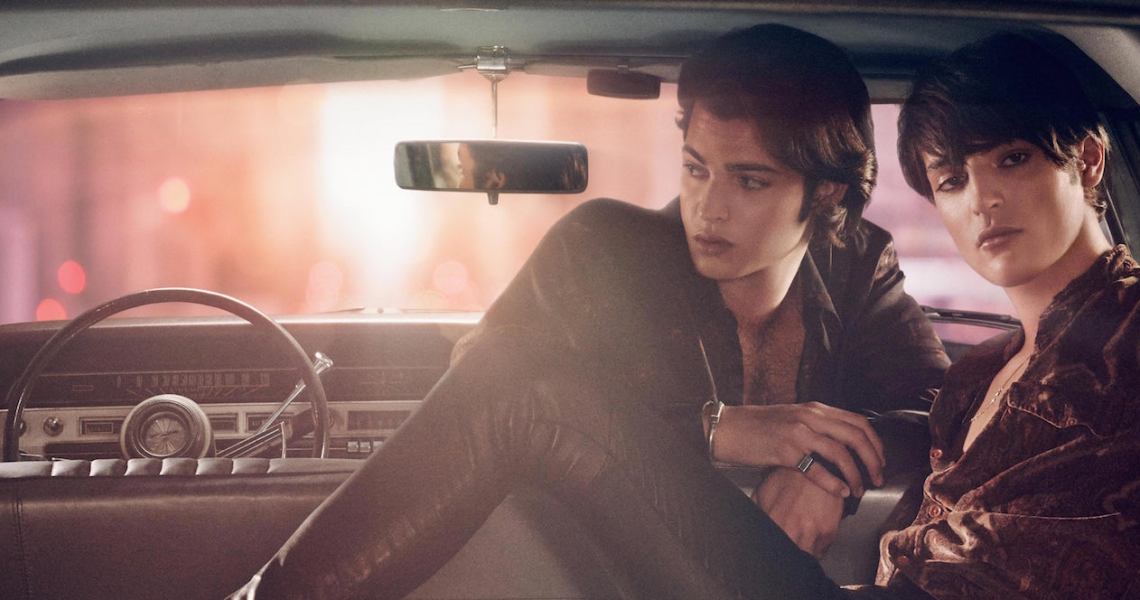Now more than ever, beauty brands are waking up to the realization that men are becoming more interested in beauty. The Estée Lauder Companies’ portfolio brands, for example, are currently rejiggering how they think about male consumers and exploring how they can bring men into the conversation.
Doug Jensen, Estée Lauder Companies’ vp of CRM and corporate marketing analytics, has been tasked with looking into this emerging trend. “We know the male grooming market is estimated to be worth $60.7 billion by 2020, and that includes shaving, skin care and fragrance. As we do more research, we actually think the market could be two or three times larger,” he said.
Jensen spoke with Glossy about how Gen Z is driving the male beauty conversation, why companies are rethinking their communications and which brands are best poised to speak to men.
What factors are contributing to the uptick in interest around male beauty?
Asia is [often] the place to start to examine trends. South Korea, in particular, is where expressions of male beauty come from. If you asked me where we see the world going, we see trends in Asia make their way to other parts of the world, and with social media, it can get there faster. Gen Zers are a lot more open. We see masculinity being more feminized, and that’s because Gen-Z consumers think of gender as being a non-binary continuum.
Knowing this, how are ELC brands talking to male Gen-Z consumers, or men overall?
It depends on who the men are. Historically, men have only been receiving information about grooming and shaving as an entry point. What we’re seeing is that a lot of brands, including our own, are going to talk to men in more direct ways than we have seen before. What I’m trying to do with ELC is [make the company] realize how big this opportunity is, and how we can take existing assets and methods we use to talk to women, and position them to talk to men, as well. For example, our brands are looking to increasingly show men’s faces in foundation shade ranges. [Estée Lauder’s MAC did this in 2016, and GlamGlow followed suit in 2017.]
What ELC brands are best positioned to do this?
Our MAC brand was founded on the principle of being available for all races, ages and genders, so they are already targeting this consumer. We also have two skin-care brands, Lab Series and Clinique, and both have a strong skin-care positioning that is going to play right into the skin-care aspect of the grooming market. We can’t forget hair care, either. Bumble and Bumble, which is unisex, has products for grooming and styling for men. What we’re seeing is that each brand can win in a different way and in a different category, and with different positioning.
What opportunities exist for a male-specific brand, versus a line of men’s products within an existing brand?
I’ve been trying to make the argument to our company that it doesn’t need to be a male-positioned brand. This market is bigger than that. Estée Lauder, for example, offers nearly 60 shades of foundation, and that’s shades for everybody, not just shades for women. The male market can be targeted in many different ways. It can be a traditional brand or a non-gender-oriented brand, or even a female-oriented brand going after the male market.
Ad position: web_incontent_pos1




